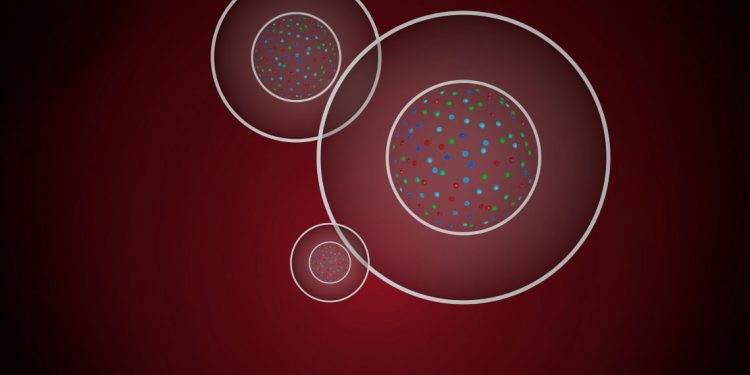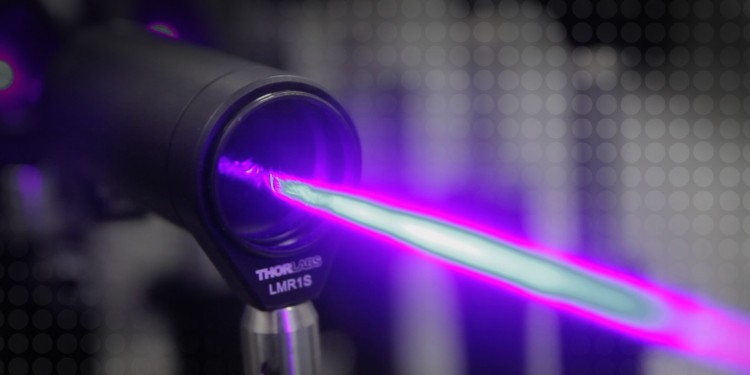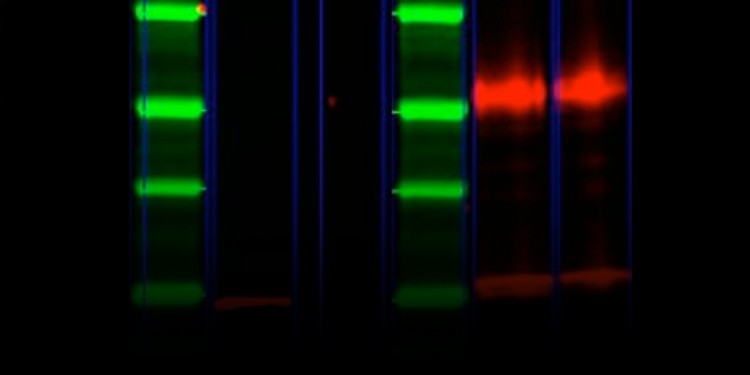
Assessing Cell Health: Autophagy

From megaTALs to CRISPR: The Many Ways to Edit a Gene

Assessing Cell Health: Apoptosis

A Superior Method for Parallel Analysis of RNA and Protein Expression from Cell Culture Lysates

Rapid Advances in Biotechnology Bring Questions about Patentability

Expanding Flow Core Capabilities by Shifting Routine Sorts to Self-Sort on the S3e™ Cell Sorter

Western Blot Detection without Interfering IgGs: A Mere Fantasy or a Real Possibility?

New Product Feature: gDNA-Free cDNA in Two Simple Steps


